

Yani National Wetland Park, located in Nyingchi, southwest China's Xizang Autonomous Region, is a highland river wetland formed by the confluence of the Yarlung Zangbo River and the Niyang River. The park covers a total area of 6,973.44 hectares.
Over the past year, the local government, in collaboration with environmental organizations and the community, has implemented numerous initiatives aimed at protecting and enhancing the park's unique ecosystem, following the guiding principle that “lucid waters and lush mountains are invaluable assets”. These efforts have not only bolstered biodiversity but also promoted eco-friendly tourism, bringing substantial benefits to the local economy.
The wetland park boasts abundant water resources and rich biodiversity, with 534 species of wild plants and 234 species of wild animals. Over 30% of the species are unique to Xizang. Among them, there are six nationally protected wild plant species and 46 nationally protected wild animal species.
A key element of the park's development strategy has been the restoration of native vegetation and the reintroduction of indigenous wildlife species. Extensive planting of native trees and plants has helped to stabilize soil, reduce erosion, and improve water quality. Additionally, habitat restoration projects have created a conducive environment for the return of various bird species, amphibians, and mammals, contributing to the park’s rich biodiversity.
Water management practices have also been a focal point. The park's wetlands, which play a crucial role in water purification and flood control, have been carefully managed to maintain their ecological functions. Advanced water treatment systems have been installed to ensure that the water remains clean and supports the diverse aquatic life. These efforts have led to significant improvements in the quality of water bodies within the park, making them a thriving habitat for fish and other aquatic organisms.
The development of Yani National Wetland Park has also prioritized sustainable tourism. Eco-friendly infrastructure, such as boardwalks, observation towers, and educational centers, has been constructed using sustainable materials and techniques. These facilities allow visitors to experience the natural beauty of the wetlands without disturbing the delicate ecosystems. Guided eco-tours and educational programs have been introduced to raise awareness about the importance of wetland conservation and promote responsible tourism practices.
Local communities have played an integral role in the park’s ecological development. Initiatives to involve residents in conservation activities have fostered a sense of ownership and responsibility towards the environment. Training programs have equipped locals with skills in sustainable agriculture, eco-tourism, and wildlife management, creating new livelihood opportunities and reducing reliance on practices that harm the environment.
As Yani National Wetland Park continues to thrive under this philosophy, it stands as a testament to the profound impact of sustainable development. The park's transformation serves as an inspiration for other regions, demonstrating that economic growth and environmental preservation can go hand in hand, ensuring a healthy and prosperous future for all.
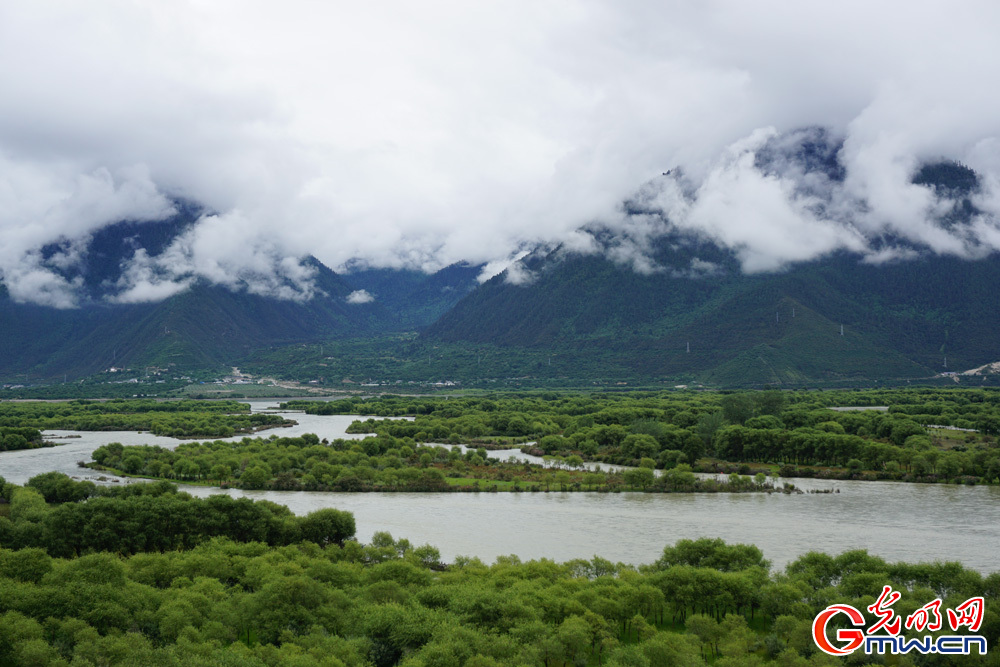
Photo taken on July 21, 2024 shows the scenery of the Yani National Wetland Park in Nyingchi, southwest China's Xizang Autonomous Region. (Wang Xinyuan/Guangming Picture)
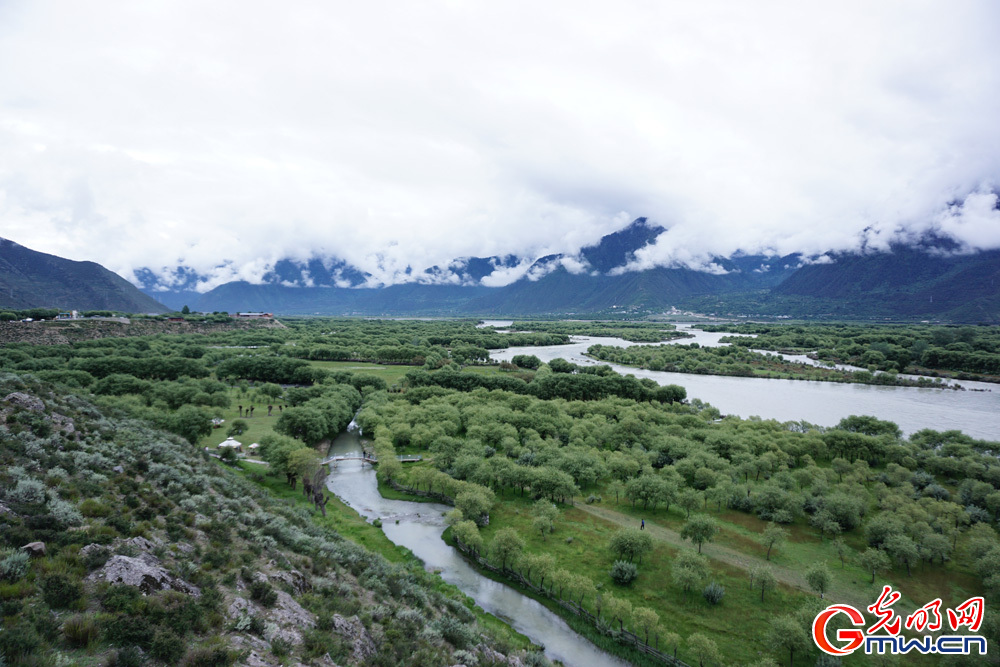
Photo taken on July 21, 2024 shows the scenery of the Yani National Wetland Park in Nyingchi, southwest China's Xizang Autonomous Region. (Wang Xinyuan/Guangming Picture)
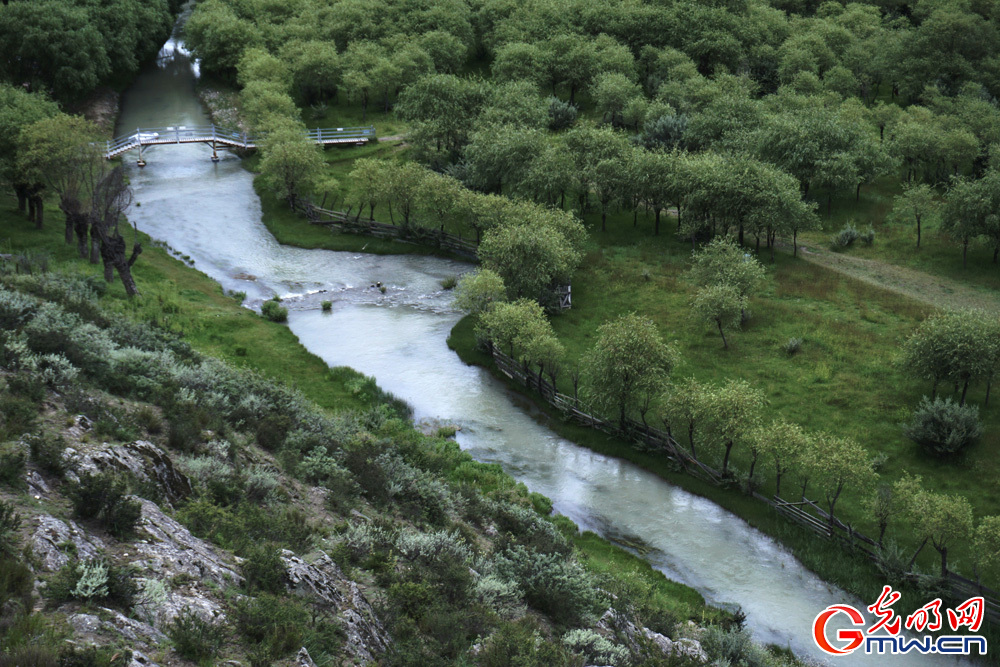
Photo taken on July 21, 2024 shows the scenery of the Yani National Wetland Park in Nyingchi, southwest China's Xizang Autonomous Region. (Wang Xinyuan/Guangming Picture)
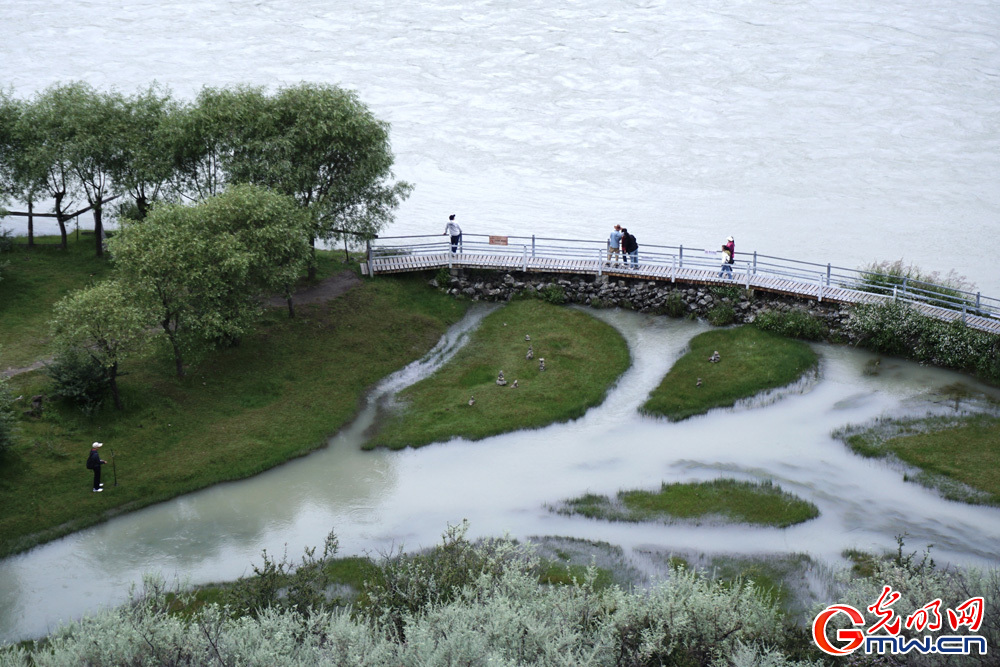
Photo taken on July 21, 2024 shows the scenery of the Yani National Wetland Park in Nyingchi, southwest China's Xizang Autonomous Region. (Wang Xinyuan/Guangming Picture)
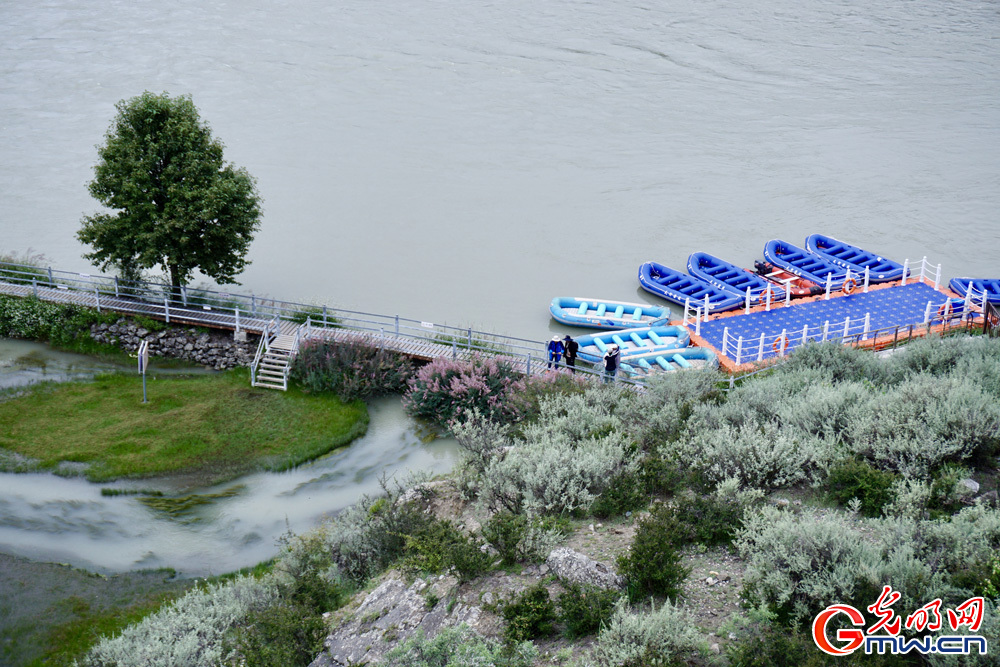
Photo taken on July 21, 2024 shows the scenery of the Yani National Wetland Park in Nyingchi, southwest China's Xizang Autonomous Region. (Wang Xinyuan/Guangming Picture)
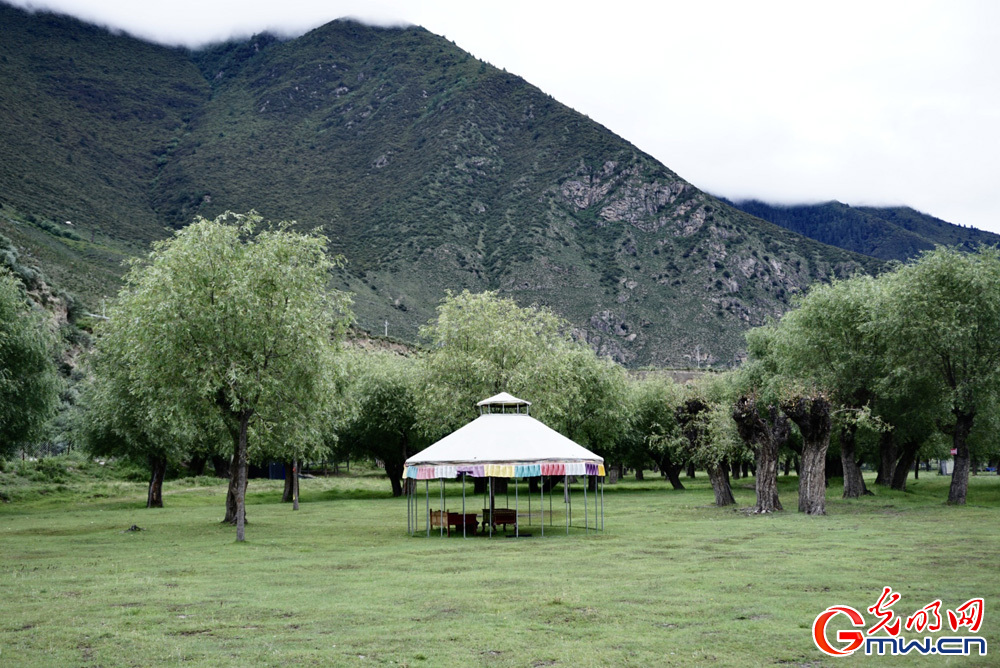
Photo taken on July 21, 2024 shows the scenery of the Yani National Wetland Park in Nyingchi, southwest China's Xizang Autonomous Region. (Wang Xinyuan/Guangming Picture)
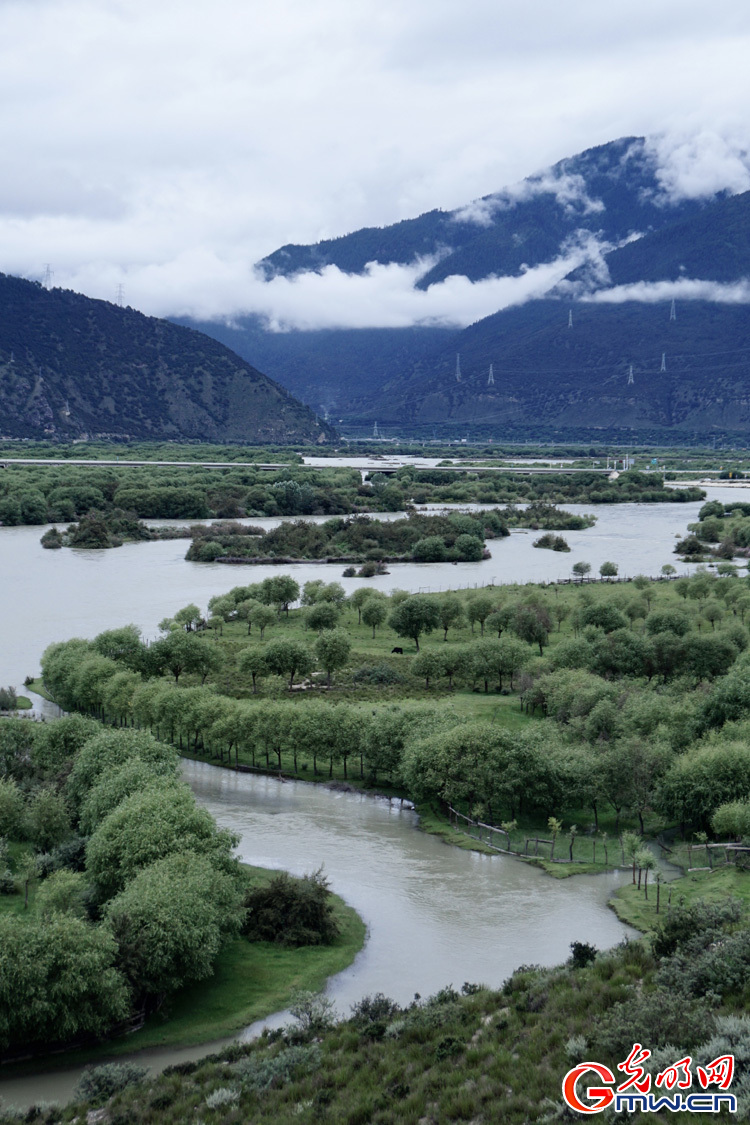
Photo taken on July 21, 2024 shows the scenery of the Yani National Wetland Park in Nyingchi, southwest China's Xizang Autonomous Region. (Wang Xinyuan/Guangming Picture)
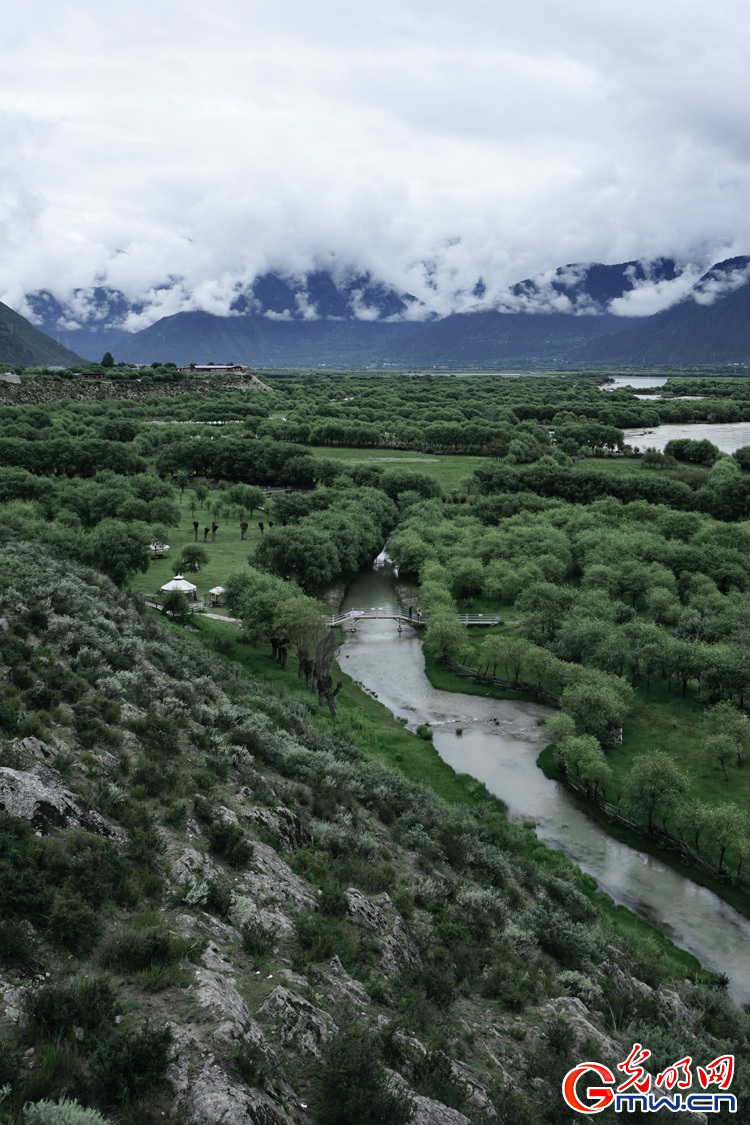
Photo taken on July 21, 2024 shows the scenery of the Yani National Wetland Park in Nyingchi, southwest China's Xizang Autonomous Region. (Wang Xinyuan/Guangming Picture)
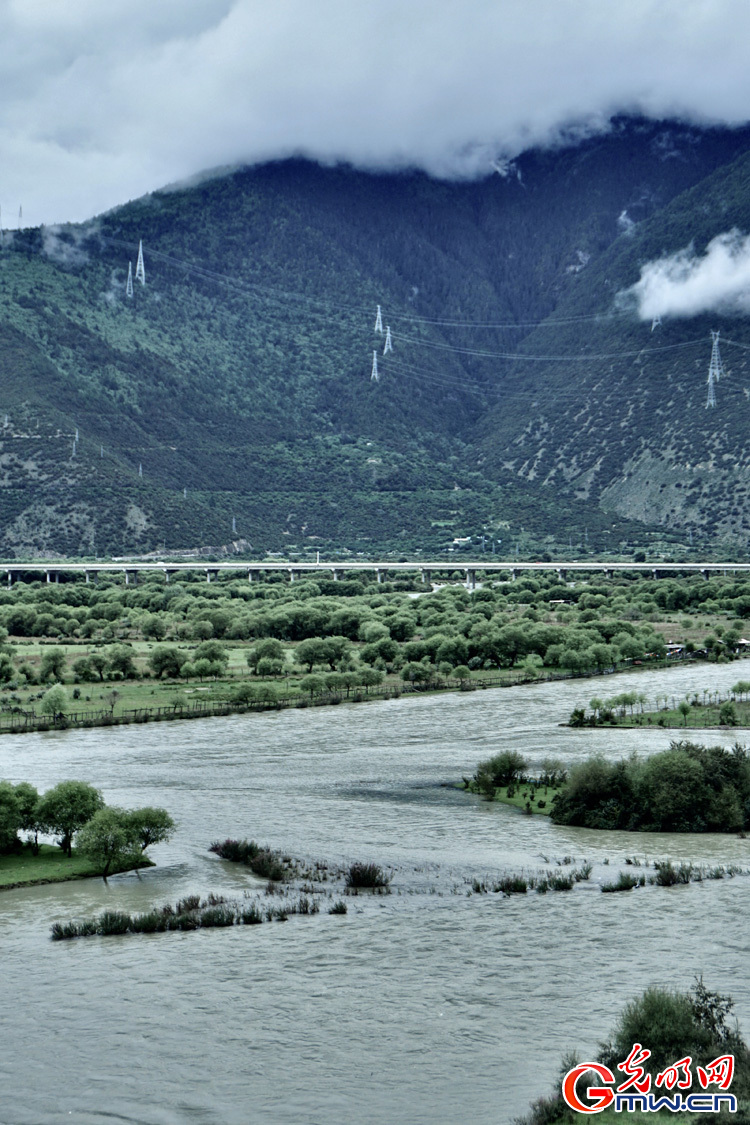
Photo taken on July 21, 2024 shows the scenery of the Yani National Wetland Park in Nyingchi, southwest China's Xizang Autonomous Region. (Wang Xinyuan/Guangming Picture)
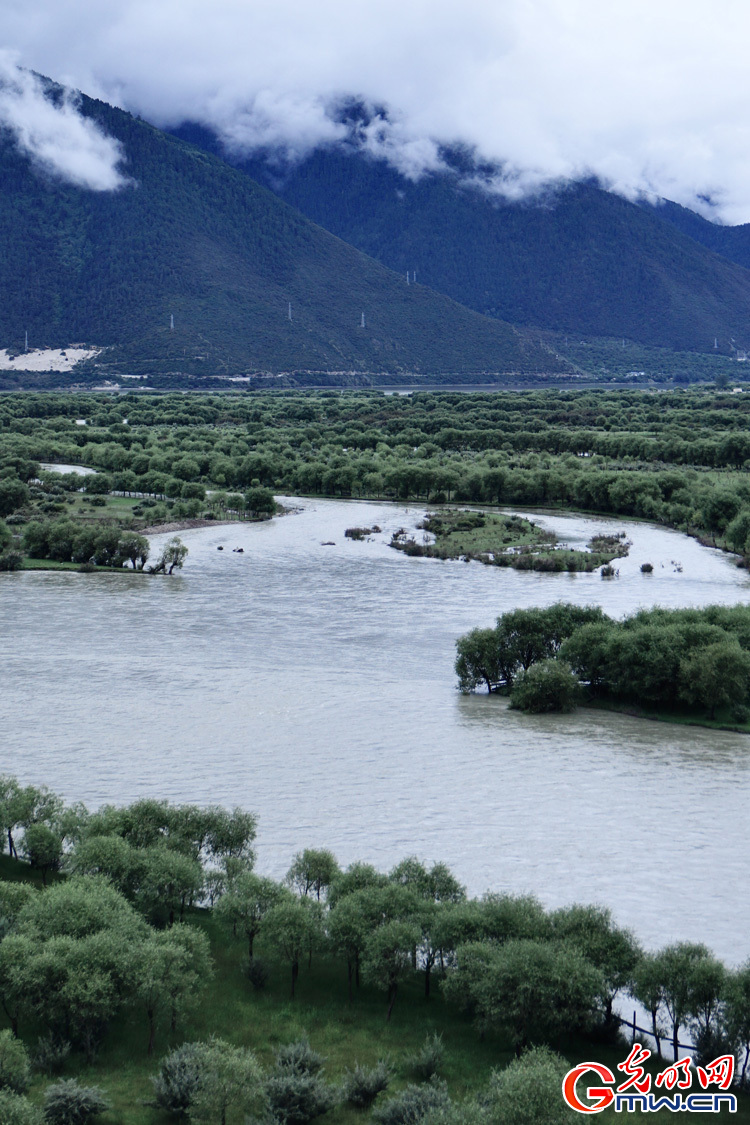
Photo taken on July 21, 2024 shows the scenery of the Yani National Wetland Park in Nyingchi, southwest China's Xizang Autonomous Region. (Wang Xinyuan/Guangming Picture)
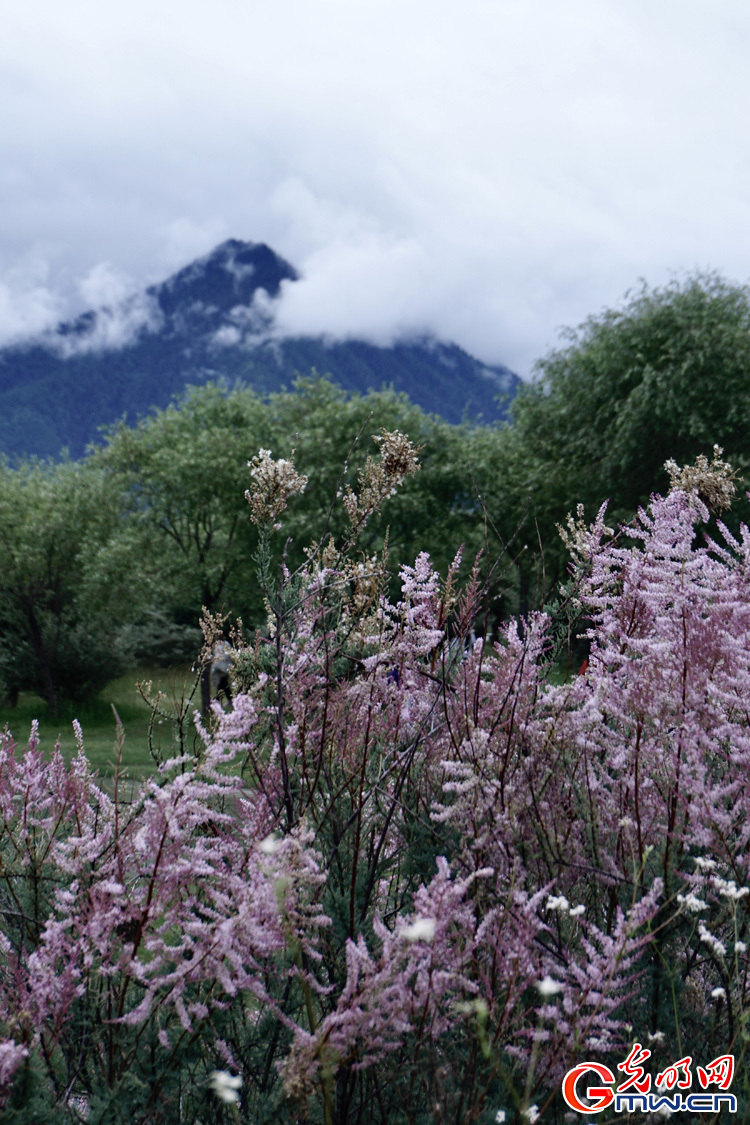
Photo taken on July 21, 2024 shows the scenery of the Yani National Wetland Park in Nyingchi, southwest China's Xizang Autonomous Region. (Wang Xinyuan/Guangming Picture)
点击右上角![]() 微信好友
微信好友
 朋友圈
朋友圈

请使用浏览器分享功能进行分享
